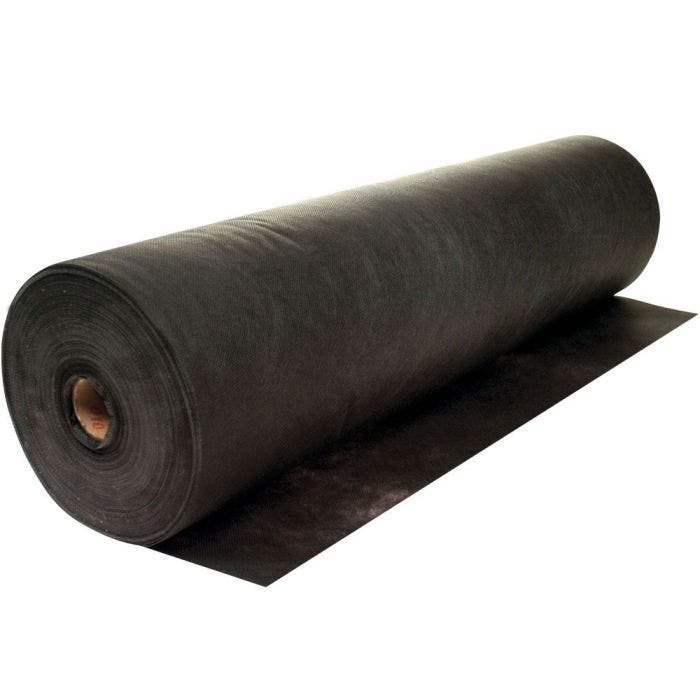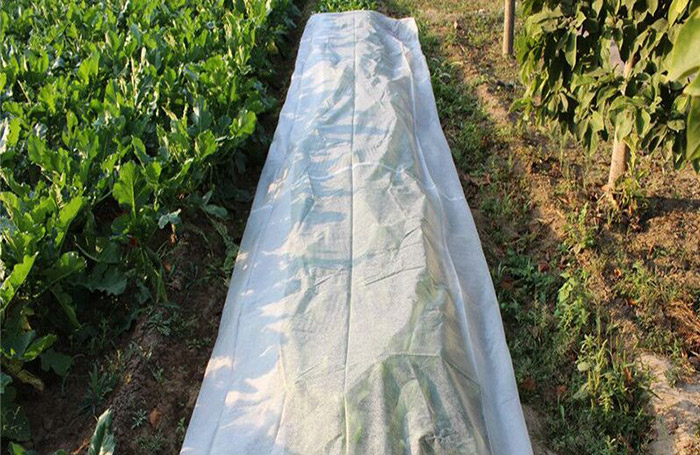
Non-Woven Industry Development. Nonwoven fabrics are a product of the petrochemical industry following the development of plastic fabric (film). It weighs less than plastic cloth, and has better ventilation. It is extensively used in personal hygiene and medical products, like facial towels, filters, and sanitary napkins. The technology was further developed, and later used in engineering. Non-woven fabric can be utilized in vegetable production to shield against damage from cold. While the production of non-woven fabrics differs from the production of plastic film, the fundamental raw materials are similar. This is the case with polyvinyl chloride (PVC) and PE (polyethylene), EVA copolymer (Ethylene Vinyl Acetate), PVA/polyvinyl Alcohol, and more. Through melting plastic and inflating the resultant thin film the traditional plastic film is created. It is a continuous film. It is able to stretch for a long time. The film is smooth and has no pores. It is an impermeable surface that hinders the exchange and movement of molecules. Following the expansion of the industry of textiles, artificial chemical fibres made from the above-mentioned ingredients became the new darlings of the textile business. They are used to make cloth by traditional warp and weft weaving. Non-woven fabric is made by weaving the fibers together at different angles across all directions. This is a different approach to traditional warp or weft weaving. It is a superior material than traditional woven fabrics. The production process can be completed from raw materials to final products in one step. This is an alternative to traditional weaving which calls for drawing in fibers. Non-woven fabrics are widely used in the apparel industry in recent times. In recent years, due to advancements in material science and the development of manufacturing technology, non-woven fabrics have become more varied and are used in greater and greater quantities. Different materials and products produced can be seen everywhere in our life. Due to their lightweight and easy production, non-woven textiles have gained the popularity of farming. Check out this non woven landscape fabric for recommendations.

Non-woven textiles for use in agriculture. Applications of Non-Woven textiles in Agriculture. Non-woven fabrics were first utilized in Europe to preserve carrots for early harvesting. Also, to stop whiteflies and tomato leaf virus Non-woven fabric was first introduced to Europe to the agricultural industry in the year 1978. Non-woven fabric is used in the United States for the mulching and protection of tomatoes, sweet peppers. root vegetables, carrots such as carrots. Radishes. cabbage. lettuce. It is used to keep heat in check and also for early harvesting. Because non-woven materials can help to increase soil temperature and are able to retain water and water retention, they are often used as surfaces like grass-proof mats. Short fibers are used to create water-absorbing blankets that are placed on nursery beds in order to allow the roots to completely absorb water. They can be used to make turf or used directly as garden grassland. They are also used as plant bags for larger woody species such as fruit trees and gardens trees. Non-woven fabrics can also be used for crop cover in Taiwan. They are also used extensively for environmental control in large greenhouses in order to conserve energy. Canopy curtains and double-layered curtains and canopy curtains to reduce heat and radiation loss during the night. TAVIK fabric is a high-density, non-woven spunbonded TAVIK fabrics that were used in the early days of protecting and shading cauliflower bulbs. It was quickly adopted by farmers because of its thermal conductivity that was low as well as ability to shade. It was later employed to guard leaf vegetables against insects, and to shade trees and plants of fruit trees. Because of Taiwan's unique environment and climate, the non-woven industry's development has been slow. The Taiwanese manufacturers of nonwoven fabrics are continuing to innovate nonwoven technologies. The main focus of Taiwan nonwoven fabric manufacturing is water absorption air permeability, as well as water repellency. It has increased its studies to improve its capacity to preserve and store agricultural products, and hopes it will be able to develop more applications. See this agriculture non woven fabric suppliers for more information.
